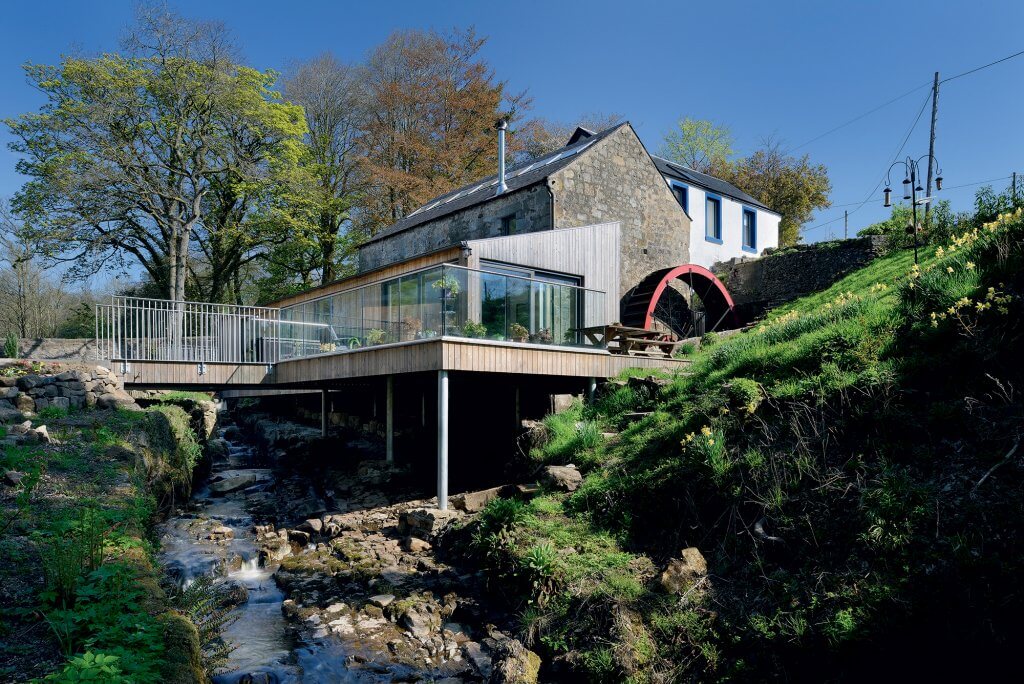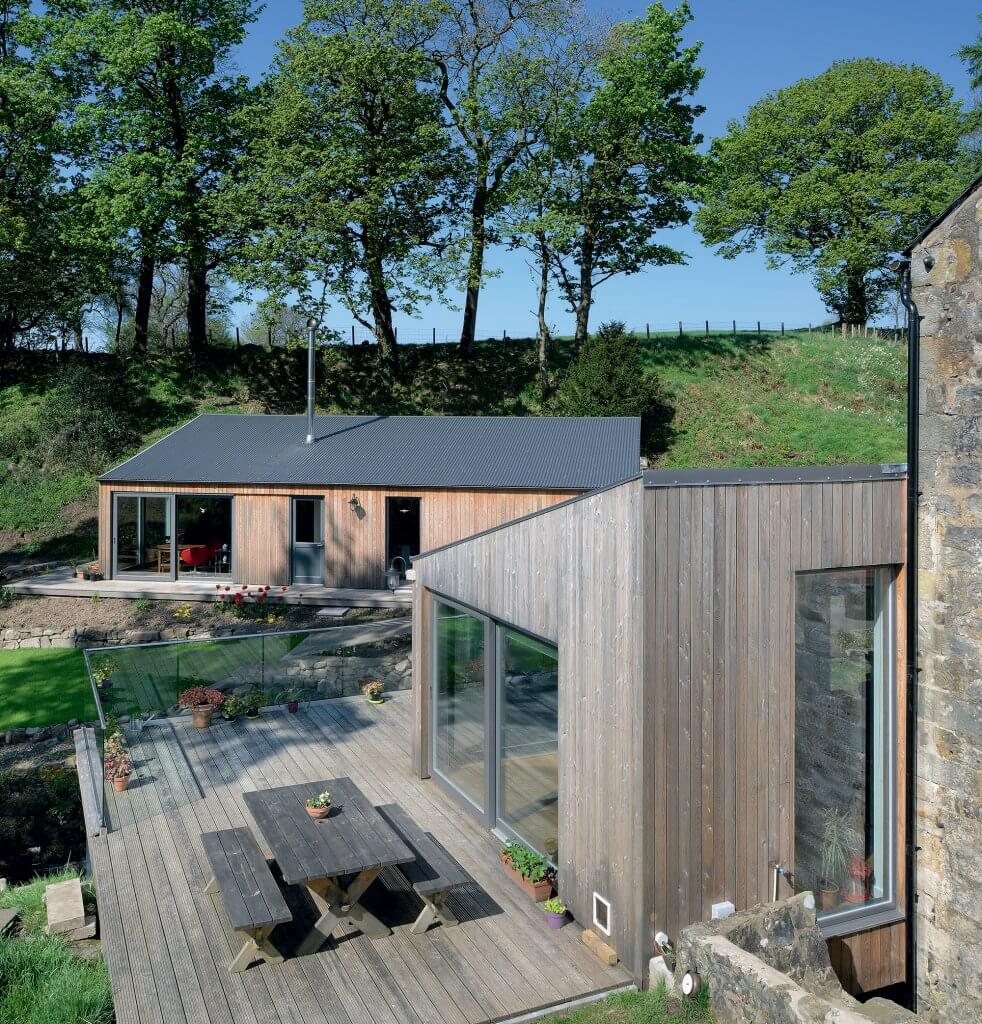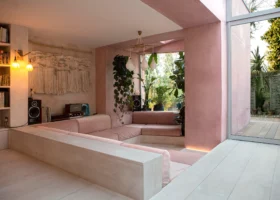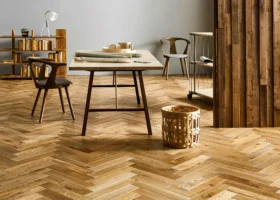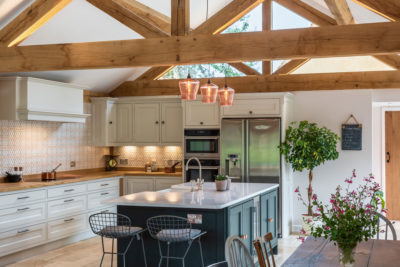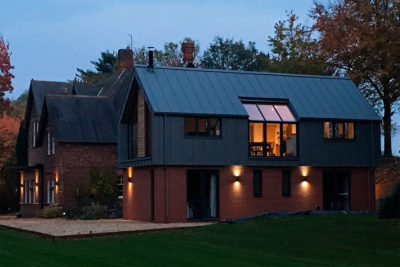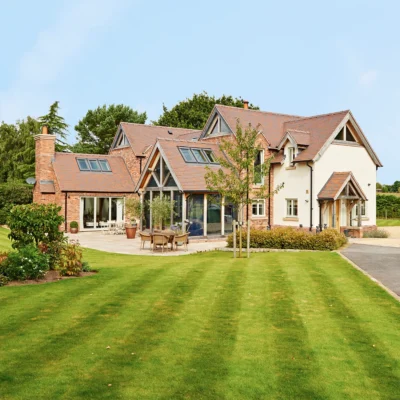10 Top Tips For Building a Garage: Planning, Costs & Design
Most people still think of the garage as a standalone zone with the chief purpose of housing the car. However, a growing number of homeowners – and self builders in particular – are rethinking this strategy, and choosing to create multi-functional spaces that form an extension to the main living area.
Regardless of what they are used for, garages add an extra dimension to a home. Tim Cima, sales manager for Foxtons in Woking, says the average three bedroom house in the area – typically worth around £300,000 – can vary in value up to £15,000 depending on whether or not it has suitable garaging. “Houses around the £600,000 mark just won’t sell at all without adequate sheltered parking,” says Tim
A well-designed structure can also infuse your property with extra kerb appeal. So if your property doesn’t have sufficient garaging, or you’re a self-builder starting from scratch, where do you start?
1. How Can I Use a Garage?
Don’t be afraid to think outside the box. Yes, you’ll want parking space – but this zone could also offer anything from simple storage to a home office or gym. In fact, a recent study from the RAC Foundation found that roughly 60 per cent of garage owners do not use their garages to house their cars, instead allocating them for extra storage space and/or as a shed.
Therefore, it’s important to carefully consider what role the space needs to perform at the early design phase of your project. “This will inform future decisions, including the size and shape of the structure,” says Zoe Dolan from Scotts of Thrapston.
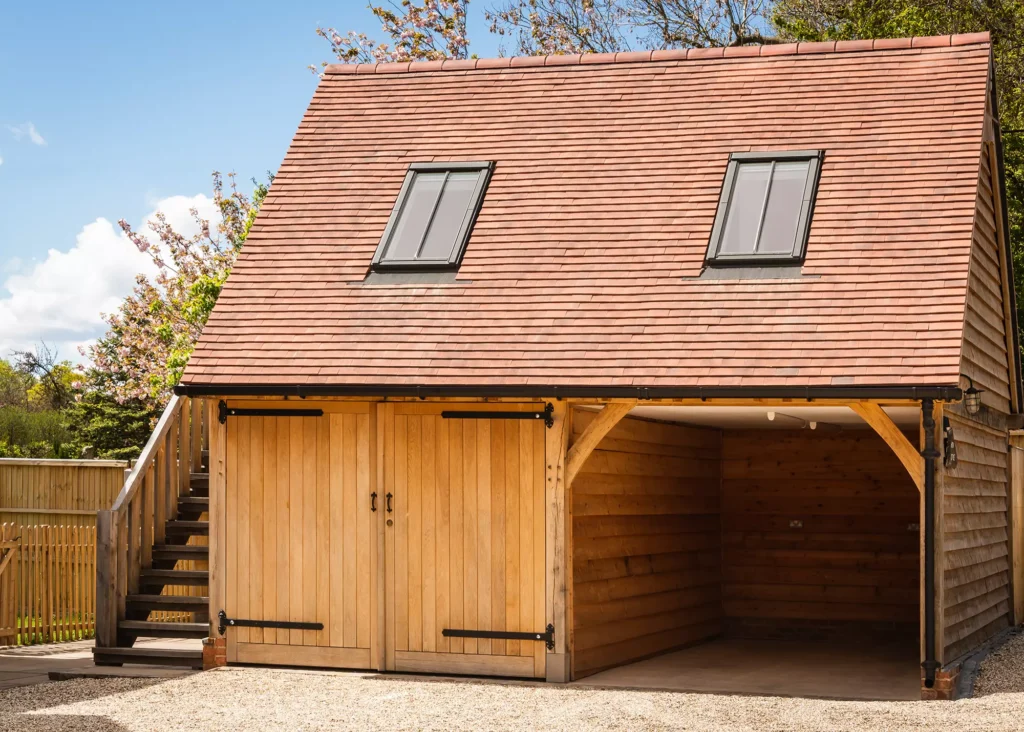
The charming Little Gloucester garage from Oakwrights features oak double ledged and braced garage doors with black metal detailing and handles. The double-height garage is part of Oakwrights’ Room above Garage range; a customisable green oak frame design with the option to include dormer windows, rooflights and your choice of roof covering for additional character
It’s also worth bearing in mind that incorporating a multi-purpose zone could provide an extra selling point if you plan to move house in the future. “We’re seeing a trend towards tailoring the garage to fit with people’s lifestyle needs, such as a zone to exercise,” says Dominic Wishlade from Dura Garages. “It’s ideal, because you’re working with a well-ventilated space and there’s plenty of room. Plus, as it’s on the ground floor, it’s also easier to install heavy gym equipment.”
More Ideas: Driveway Ideas: How to Add Kerb Appeal to Your Home’s Entrance
2. Will an Integrated Garage Design Suit my House?
Whether you build an attached or detached garage will depend largely on your plot, budget and the amount of available space. There are a number of advantages to creating a zone that’s directly linked to the main property.
For example, if your garage is going to double up as a utility area that houses the washing machine and tumble dryer, access will be a lot more straightforward. Plus, if you need to add more living space at a later date, you have a ready-to-convert structure that’s already connected to the main residential dwelling.
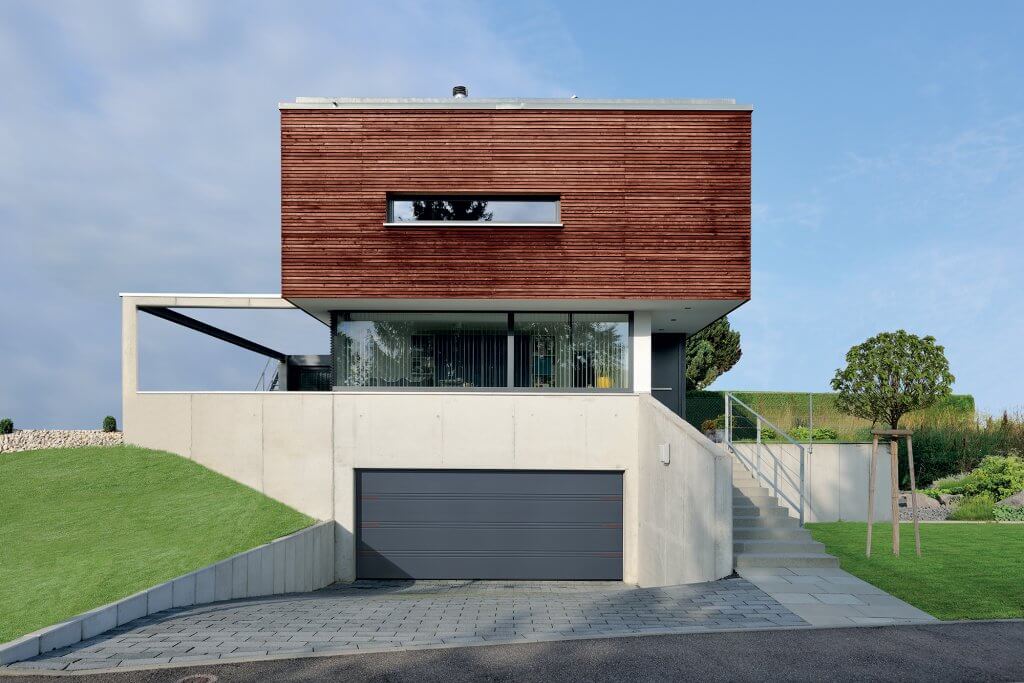
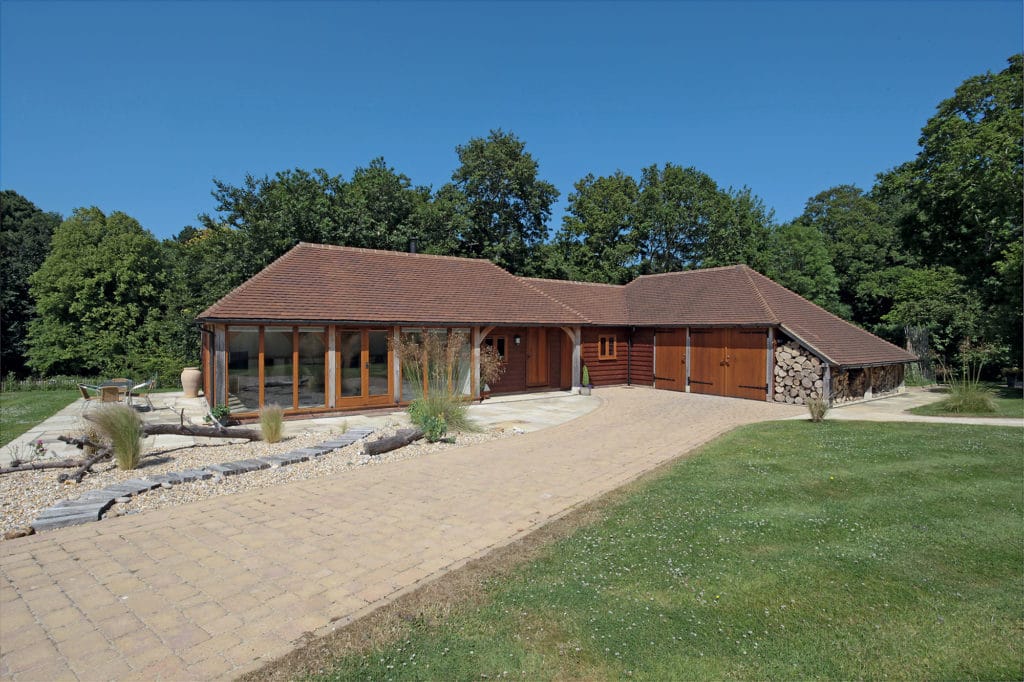
3. What are the Advantages of a Detached Garage?
If you have the space to build one, a standalone garage can make a striking visual statement that complements the main dwelling.
“If you’re creating a new structure on the grounds of an existing property, you’ve got more freedom to develop what you want without having to fit it around the design of the main building,” says Charlie Mills from Oakwrights. “Key considerations will be how to position the building for good access, as well as drainage, power and water supplies – depending on how you intend to use the space.”
You should also think carefully about the proportions of the structure and how it’ll relate to the residential part of the property – you don’t want it to overwhelm the main house. Many timber and oak frame providers specialise in the development of standalone buildings like this, and can offer design advice based on your unique requirements.
Looking for structural systems and suppliers for your self build project? Browse Build It’s Company Directory today
QUICK GUIDE Building Regulations for garagesIf you want to build a detached garage the building will be exempt from Building Regulations (England and Wales), providing that any fixed electrical installation complies with the electrical safety requirements outlined in Part B of the regs and that the garage is: ● Under 30m² in floor area ● Single storey and does not contain any sleeping accommodation ● Built substantially of non-combustible material or built no less than 1m from the boundary of the property Always check with your local building control officer and remember any garage project that doesn’t meet the above parameters will always need full Building Regulations approval. |
4. How Big Should my Garage Be?
In the UK, the recommended size of a standard parking bay is 2.4m x 4.8m. “A typical two-bay garage would be about 5.65m wide and 5.3m deep,” says Matt Lyward from The Oak Design Company.
However, if you are the owner of a modern 4×4 vehicle or a large family car, this might end up feeling a little cramped. And if you’re keen to establish a multi-purpose space, either for storage or other uses, you may prefer to create a more commodious zone – as far as the dimensions of your plot allow.
5. What Are the Design Options?
The garage typically forms a large part of the facade and can have a big impact on first impressions. Therefore, it’s important to plan this element early on to ensure it delivers maximum kerb appeal.
More Ideas: Amazing Design Ideas for Garages
There’s an array of options when it comes to creating a standalone structure, from traditional brick and block solutions to characterful oak frame. “A lot depends on the surroundings, as you may want a building that stays true to the feel of nearby dwellings,” says Zoe.
“Many of our clients prefer designs that fit in seamlessly with the look and style of the main house. The benefit of this is that your garage will complement the existing architecture
rather than appearing disjointed.” This can often be achieved by specifying roof tiles, bricks and cladding that coordinate with the residential building.
CLOSER LOOK Timber frame garagesIf you are hoping to factor in a garage at a later date, don’t despair. Many companies such as English Heritage Buildings (EHB) specialise in high-end timber-frame garages and outbuildings, having the advantage of being easy to assemble and quick to build. Versatility and functionality are key, and attractive catslide roofs and exposed beams make these buildings the natural progression to multi-functional hybrid garages. Once commissioned and fabricated, the frame arrives and is put together quickly as a dry build, assuring a more controlled quality than building from a plan. You can simply purchase an oak frame from EHB and self build (or use your own contractors) using the technical drawings and assembly instructions supplied, or have them create something bespoke for your plot that they will assemble for you. The dry frame goes up in three days and EHB provide technical support and back up. “The timber frame dry builds give great design flexibility,” says Darren Hook, managing director of EHB, “and they’re great to look at. These days, people can spend as much on their outbuildings as they do on their kitchens, so it’s important to get it right and make sure that the property price will reflect this investment.” Read More: Timber Outbuildings: Design Ideas and Planning Permission |
6. Will I Need Planning Permission for My Garage?
If you’re creating a garage as part of your self-build, the proposed design should be included within the planning application for the main house. If you’re building it as an addition to an existing home, you may be able to complete it under permitted development (PD) rights.
The full criteria for PD are on the Planning Portal website, but fundamentally to be eligible a new garage must not be positioned further forward than the principal elevation.
It must also be single-storey, with a maximum eaves height of 2.5m and a ridge height of no greater than 4m for dual-pitched roofs (or 3m for other types of roof). If it’s to be within 2m of a boundary, then it can’t be taller than 2.5m.
TOP TIP Choosing the best location for my garageDesign the garage in tandem with the new driveway, which will be determined by access from the main road. Planners will decide how much parking is required based on the size of your house and expect provision for a safe, turning space. They may have a say in whether you can/can’t have an integral/detached garage or state the garage has to be positioned within a certain distance from your home. Practically, the garage needs to be close enough to the house to be convenient but not located in a way that compromises or undermines its appearance or views. |
If your home is listed or within a designated zone, such as an area of outstanding natural beauty or a conservation area, PD entitlements may not apply, so double check with the council. “In terms of design, many planners will be pleased to see a proposal that mimics the main house – though some will encourage a contrast in styles, too,” says Matt.
Learn More: 23 Projects You Can Do Without Planning Permission
7. Can I Convert My Garage Into Living Space?
If this is a project you’re considering tackling in the future, it can be helpful to make some provisions when the structure is initially built in order to facilitate any future alterations you might want to implement.
“One of our suggestions would be to not include internal load-bearing walls within an attached garage,” says Zoe from Scotts of Thrapston. “Using non-structural partitions will mean that reconfiguring the space in the future will be easier.”
You should also make provisions for drainage, water and electricity supplies. It’s worth insulating the structure to the same standard as the rest of the house, too, to stop warmth from escaping, in addition to damp proofing the floor.
If the work is all internal, it may not require formal planning consent – but it’s worth double-checking with your council. Building Regs will always apply.
Read More: Beginner’s Guide to Garage Conversions
8. How Do I Choose the Best Garage Door?
Aesthetic appearance is usually the top priority when it comes to specifying your new garage door, followed closely by thermal performance and the level of upkeep required. There is a range of configurations and materials available to suit pretty much any project.
“The four main solutions are roller, side-sectional, sectional and up-and-over,” says Ian Chubb, managing director of Deuren. The latter two versions are operated via a track mechanism that is fixed to the ceiling of the garage. Up-and-over products tend to be the cheapest design, with easy-to-operate retractable versions from B&Q starting from about £400 each.
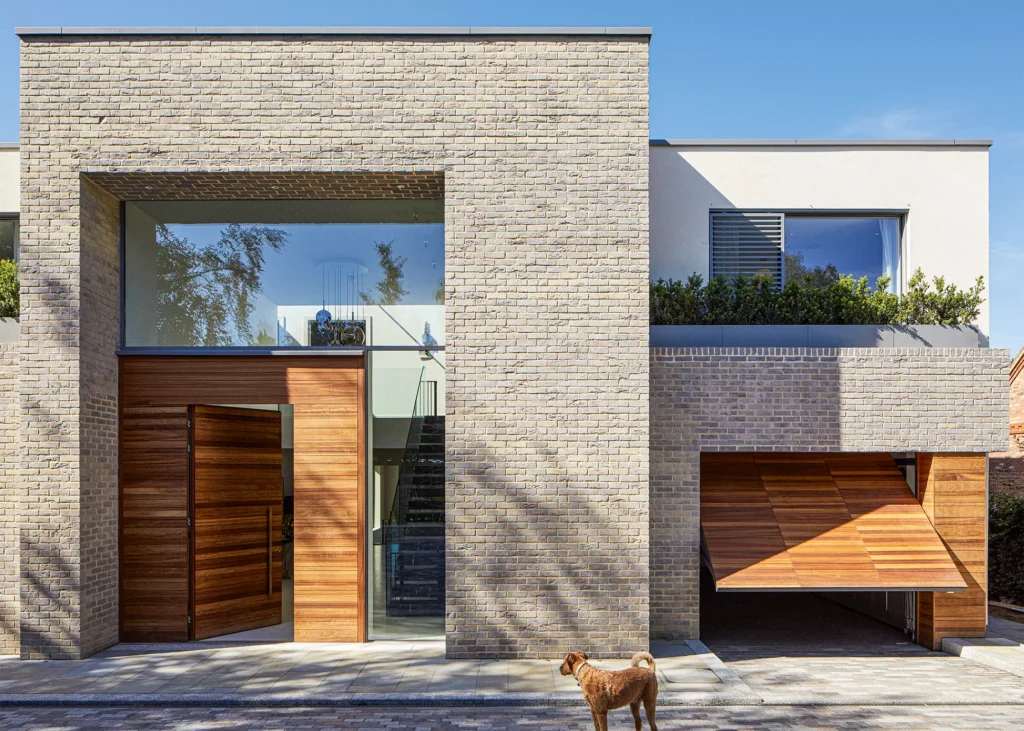
This new build home in Buckinghamshire has been upgraded with a contemporary timber garage door from Urban Front. The model is an up-and-over automated garage door in their Rondo design, made in Iroko wood to match the front entrance. Prices for a similar design start at £20,000 + VAT
“In terms of materials, the cheapest and most popular options are steel and PVCu,” says Ian. “For homeowners who are after a more premium product, timber is a smart solution thanks to its sleek appearance and durability.”
Aluminium is also a sought-after choice, and glass-reinforced polyester is popular with people who want to recreate the look of timber without the same level of maintenance.
9. How Will I Know My Garage is Secure?
There are two main security accreditations to look out for when shopping for garage doors. Look out for ENV 1627 and Secured By Design. Both of these endorsements mean that the product has been thoroughly tested to resist break-ins. “Doors made to this standard have a higher quality locking mechanism, in addition to stronger panels that will help prevent forced access,” says Ian.
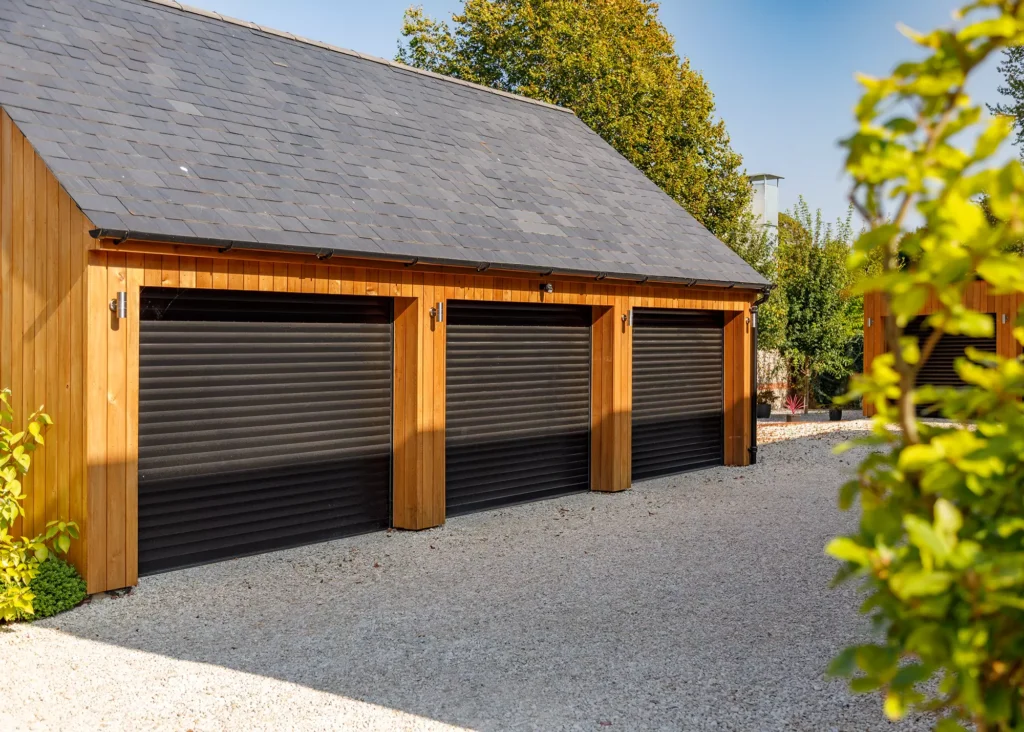
Installed by Freelance Entry Solutions, these insulated aluminium SeceuroGlide roller garage doors in black were specified to match the exterior joinery of this new build home in rural Hampshire. Each door is electrically operated and can be opened or closed via a keyring or through a control panel inside the garage
10. How Much Does it Cost to Build a Garage?
The sum you pay will vary significantly, depending on the size, design and building materials you specify.
| How much does it cost to build a garage?
The following approximate costs from the Build It estimating service, are based upon standard brick-built garage construction. These estimates were updated in September 2019.
|
“Our garages start from £3,000 for a single-bay unit, on a supply-only basis. A full turnkey package might be as little as £10,000, depending on the specification. However, we’ve had some high-spec schemes where the overall budget has exceeded £200,000,” says Matt from the Oak Designs Company.






























































































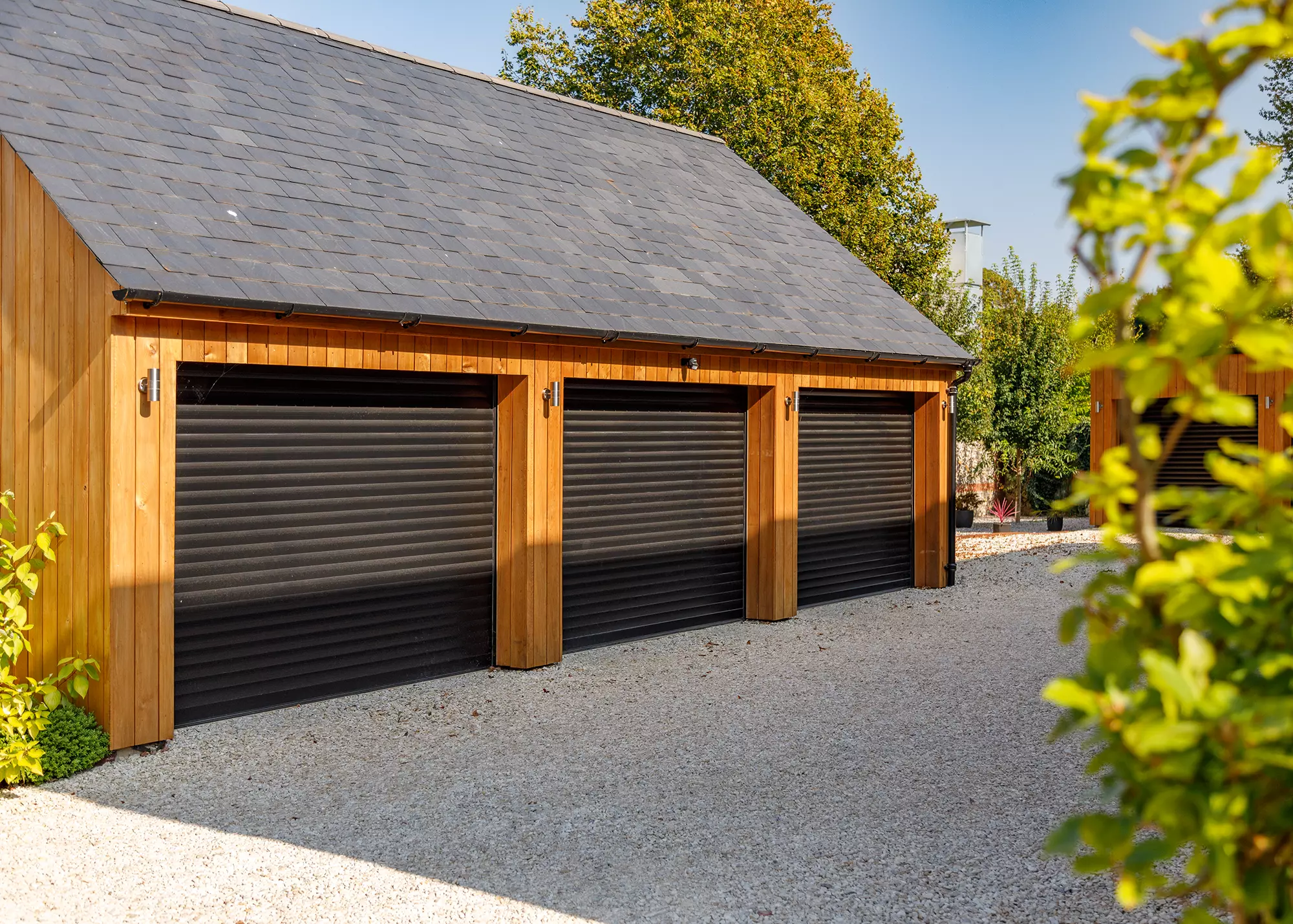
 Login/register to save Article for later
Login/register to save Article for later

